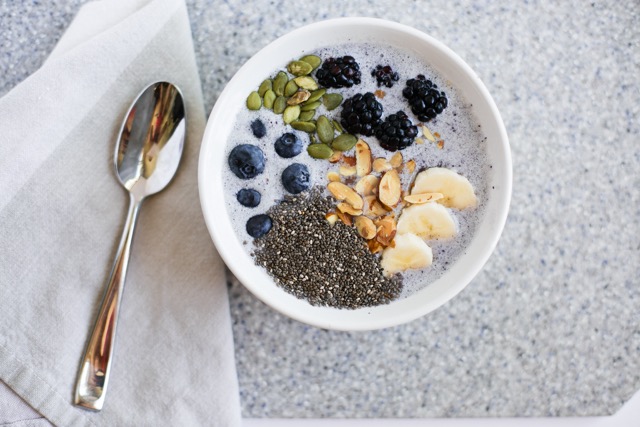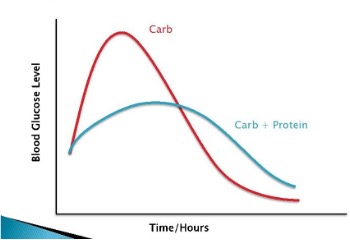
Stephanie Margolis, R.D.
The biggest benefit of eating with your insulin and glucose in mind is to prevent diabetes, however, there is emerging evidence that people who have blood sugars in the normal range are less likely to develop certain cancers, have improved kidney function, and have better metabolic health. However, having healthy glucose ranges does not mean seriously limiting carbs or avoiding all grains.
Instead, this means focusing on healthy carbs and eating adequate amounts of protein and fiber to slow down the digestion of carbs.
It’s important that we stick to these nutrition staples; eat whole foods, limit processed foods, eat lots of color, and good carbs. However, let’s hone in a little more on the carb aspect of your food. It’s important to know the role of carbs, where they come from, and how they impact your cellular function.
Food is broken down: Carbohydrates are primarily found in bread, rice, pasta, grains, beans, and lentils. They are also present in dairy products. When you eat any food, it is broken down into smaller parts, specifically carbs breakdown into glucose.
Glucose enters the bloodstream: Your intestine absorbs the glucose from the digestive tract and moves it into the bloodstream.
Insulin is released: Your pancreas, a small organ near your stomach, senses the rise in blood glucose. It then releases insulin into the bloodstream.
Insulin opens cell doors: Insulin travels through the bloodstream and attaches to receptors on your cells. These receptors act like locks on doors. When insulin attaches, it “unlocks” the doors, allowing glucose to enter the cells.
Glucose is used for energy: Once inside the cells, glucose is used for energy. Glucose is the preferred form of fuel for your muscles and your brain.
The best sources of carbs are fruits, vegetables, and whole grains. Vegetables have very few carbs (3 cups of most vegetables have only about 15 grams of carbs) while fruits have a little more. When picking your produce, you want to choose the most colorful and crunchy options out there. Top picks are:
Protein, fat, and fiber are nutrients that are more slowly digested and can keep glucose from rising quickly.
When combined with a carb, these nutrients help to trickle glucose into the bloodstream instead of allowing it to rush in.

Combining your carbs and protein will help to limit the spikes on blood glucose while making you feel full longer.
In addition to protein, fiber is a huge help when it comes to blood glucose management. When you eat pastas, rice, breads, and other grains, making sure they are whole grain and high in fiber will keep your blood sugars from spiking. A bonus of adding more fiber to your diet is that it is great for your gut health and heart health – more on that later!
